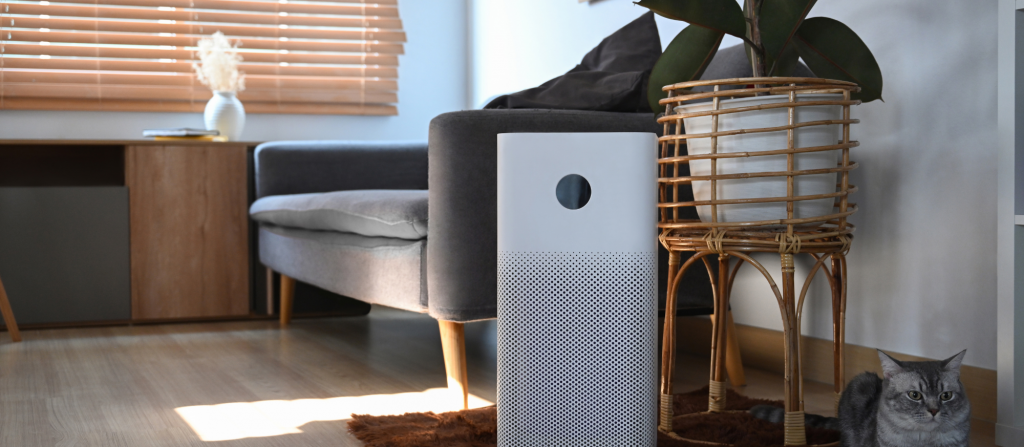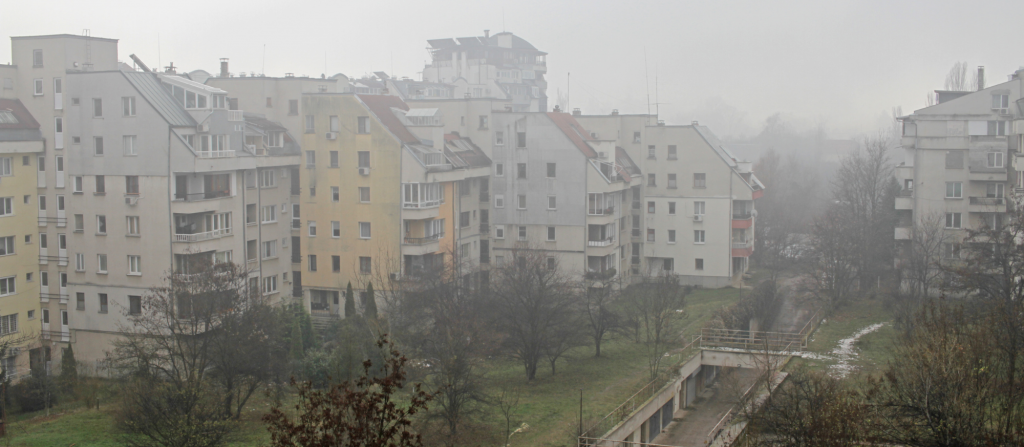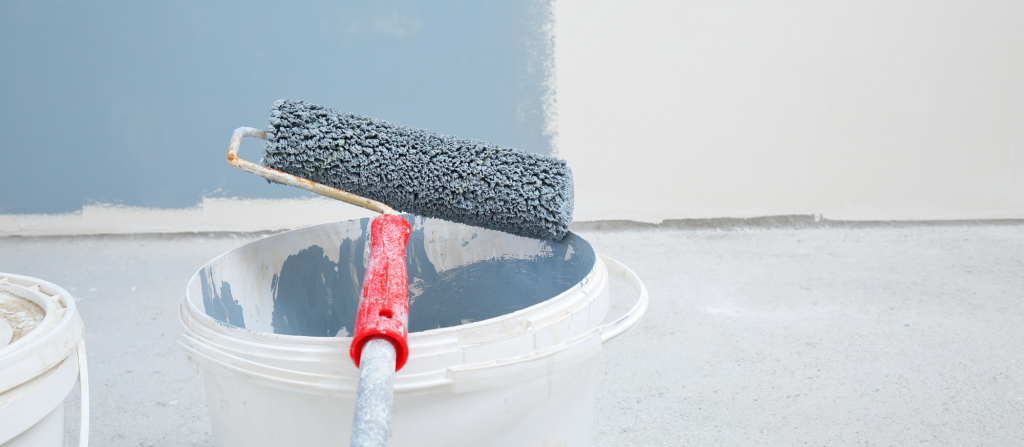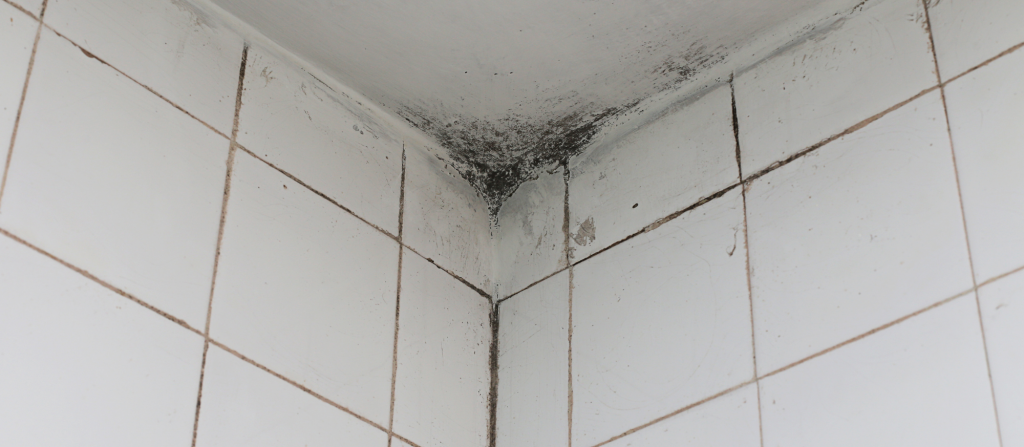
Have you ever thought about the air quality inside your home? Many of us may be surprised to hear that the air inside our homes can be extremely toxic. According to the EPA, American’s spend approximately 90% of their time indoors where concentrations of pollutants are often 2-5x’s higher than typical outdoor air concentrations. Because we spend the majority of our time indoors, this is a serious problem and contributing factor in the degradation of our health. The infrastructure of homes, buildings, and schools have increasingly become more toxic because of poor ventilation and chemical off-gassing of synthetic building materials. Indoor air pollution can also come from chemical off-gassing from carpets, paints, furniture, mold, cooking, pets, fireplaces, cleaners, pesticides, and second hand smoke.
According to the EPA, American’s spend approximately 90% of their time indoors where concentrations of pollutants are often 2-5x’s higher than typical outdoor air concentrations.
Those who spend long periods of time indoors such as babies and the elderly, as well as individuals with cardiovascular and respiratory conditions, are most susceptible to the repercussions of poor indoor air quality. Health effects related to indoor air pollution may manifest as acute symptoms such as dizziness, fatigue, and irritation of the eyes, ears, nose, or throat, but long-term effects of inhaling these pollutants can be much more dangerous. Educating ourselves on the types and sources of these contaminants can help us prevent exposure in our homes.

Common Indoor Pollutants
Volatile Organic Compounds
Volatile organic compounds (VOCs) are chemical gasses that are emitted from numerous products such as paints, varnishes, cleaners, aerosol sprays, dry cleaned clothing, candles, furniture, and carpets. VOCs are released into the air when they evaporate from these sources and are found in high concentrations indoors where there is poor ventilation and air movement. According to the EPA, levels of VOCs have shown to be 10 times higher in the air indoors than the air outside. Acute exposure to these toxins can cause headaches, dizziness, visual disorders, or memory problems. Chronic health concerns from VOCs include damage to the liver, kidneys, and central nervous system, according to the EPA. There are many different types of VOCs including formaldehyde. Formaldehyde is commonly emitted from paint, flame retardants found in mattresses and furniture, air fresheners, and cooking or grilling. Health ramifications associated with formaldehyde exposure include an increased risk of certain cancers such as myeloid leukemia and brain cancers. Those who have occupations that utilize formaldehyde such the funeral industry in the embalming process have found to have an increased risk of cancer that correlated with years of continual exposure.
Particulate Matter
Another toxin called particulate matter is a mixture of solid and liquid matter suspended in the air. Large particulate matter are visible to the human eye and include smoke, car exhaust fumes, and smog from industrial pollution. The most concerning particulate matter (PM10 and PM2.5) are invisible to the human eye and are easily inhaled into the lungs. Particulate matter can make its way indoors from outdoor air originating from industrial pollution or smog as well as start indoors from fireplaces, candles, cooking or cigarette smoke. PM10 and PM2.5 are both small enough to settle deep into the lungs where they can also potentially make their way into the bloodstream. This is concerning for those who are already struggling with respiratory or cardiovascular conditions and are put at a greater risk. PM 2.5 is associated with increased risk of preterm birth, low brith weight, increased infant and fetal mortality, reduced lung development and impaired function, increased likelihood of developing asthma, impaired cognitive function, increased lung cancer risk, and so much more.

Heavy Metals
Heavy metals such as lead is another type of indoor air pollution that commonly originates from old paint. If your house was built before 1978, there’s a good chance that your walls were painted with a lead based paint before it was banned from use by the federal government. The issues arise when the old paint starts to deteriorate and causes flaking, dust, chipping, or cracking and those lead containing particles are inhaled. The kidneys take in the greatest percentage of lead followed by the liver and soft tissues of the body such as the heart and brain. The nervous system is the most vulnerable body system to lead poisoning causing loss of memory, poor attention span, headaches, and irritability. Babies and young children are at greater risk of exposure from paint chipping and dust by crawling around on the floor or chewing on window sills or door frames. Keeping paint in good condition will prevent deterioration and risk of lead exposure.

Pesticides
Pesticide exposure in the home include contaminated soil or dust that is tracked in from outside, surfaces that collect and then release pesticides into the air after being sprayed, and stored pesticide containers. Pesticides range from products used inside or outside the home such as insecticides, termiticides, rodenticides, fungicides, and disinfectants. Although spraying for bugs and rodents or using chemical disinfectants is a common practice for many families across the country, it has negative health consequences for us. According to the EPA, studies show that 80% of most people’s pesticide exposure occurs indoors. It goes on to say that measurable levels of up to a dozen pesticides have been found in indoor air in homes. Chronic exposure is known to cause damage to the liver, kidneys, and nervous and endocrine systems.
Mold
Water damaged buildings and homes are a huge source of mold exposure where it can grow virtually anywhere such as carpets, HVAC systems, behind walls, and ceilings. Areas where water is used such as sinks, showers, washing machines, and dishwashers are also common places where mold has an opportunity to grow and contaminate the air. Mold can also release mold spores called mycotoxins that can cause serious health issues and chronic illness. A common mycotoxin, aflatoxin, is known to be cancer causing, toxic to the liver, and has mutagenic effects on our health when ingested, inhaled, or absorbed into the skin.
Mold growth can be hidden and tricky to identify because it isn’t always visible. Many people suffer from Sick-Building Syndrome where they incur mysterious symptoms that are relieved when leaving a building where mold is often to blame. If you suspect mold growth in your home, I would suggest purchasing an ERMI mold test kit to confirm that this is indeed an issue. You can learn more about the ERMI test here: https://www.envirobiomics.com.

Solutions to Keep the Air in Our Homes Clean
Be Careful About What You Allow into your Home
The number one thing we can do for the air quality inside our homes is to become aware of the products we use and what we bring into our homes. Avoid using toxic cleaners, aerosol sprays such as hairsprays and toxic beauty products, air fresheners, candles, and insecticides containing harmful VOCs that are released into the air. Purchase non-toxic furniture and mattress that are free from flame retardants and synthetic materials when possible. Making changes to purchase clean products can feel overwhelming, but I would suggest making small changes at a time. When you run out of a certain cleaner or beauty product, replace that item with a clean version instead of throwing out everything at once.
Air Filters
Using a home air purifier is one great way to keep the air clean inside your home. I personally recommend the brand Air Doctor which utilizes UltraHEPA filtration technology to filter out larger particles such as dust, dander, viruses, bacteria, and mold as well as a carbon filter which will remove gasses such as VOCs. The Air Doctor will automatically adjust to the air quality of your home and will increase filtration when necessary such as after cooking.

Plants
There are many plants that help to remove the air of bacteria, VOCs, and mold such as snake plants, golden pothos, philodendrons, lady palms, and peace lilies.
Avoid Wearing Shoes in the House
Wearing our shoes indoors makes it easy to track in pathogens such as bacteria and viruses as well as pesticides from lawn maintenance.
Ventilation
Opening your windows when cooking, painting, or remodeling helps to remove indoor air pollution.
The air we breathe in our homes has become increasingly toxic, but isn’t often an aspect of our health that we consider because we can’t visibly see air contaminants. The lack of ventilation and amount of chemical filled products we use on a daily basis has turned our homes into a toxic air box that often has higher levels of pollution than the air outdoors. Taking steps to keep the air clean in our home is an important part of our healing and overall health and wellness.
Disclaimer:
All information contained within this article is meant for educational use only and is not meant to treat or diagnose any disease.
